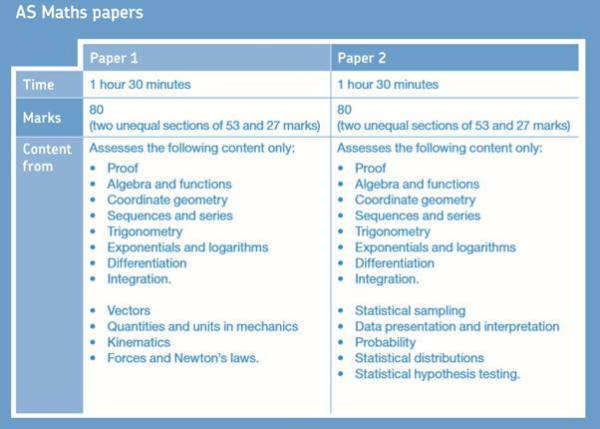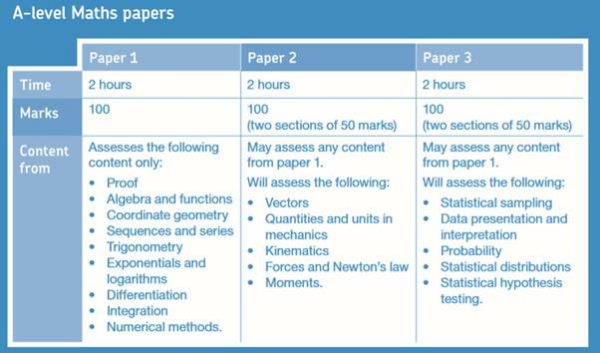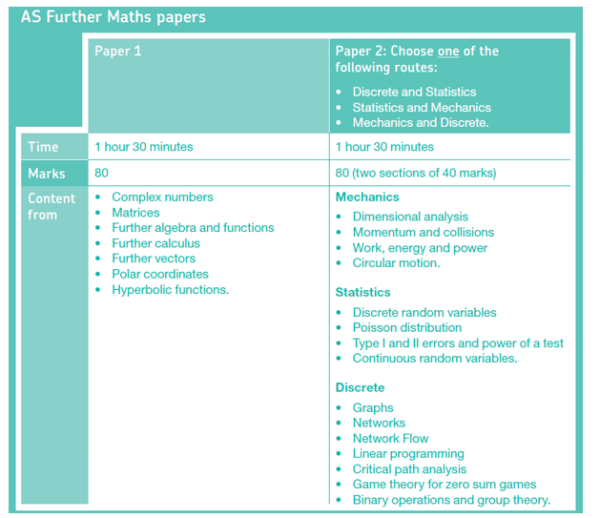Maths
Some Truths about Mathematics
“It has become almost a cliché to remark that nobody boasts of the ignorance of literature, but it is socially acceptable to boast ignorance of Science and proudly claim incompetence in Mathematics.” Richard Dawkins
“Film is one of the three universal languages, the other two: Mathematics and Music.” Frank Capra
A high quality mathematics education enables all students to increase their mathematical literacy-understanding mathematical principles, cultivating mathematical ways of thinking, and developing fluency with number, symbolic representation, geometry, and data- which is essential for success in the information and technological environment of the 21st century.
In mathematics lessons, students will have the opportunity to:
- Experience innovative and effective Maths education of the highest quality
- Aim for the highest standards and fulfil their potential
- Develop their understanding and skills through a range of teaching styles and learning activities.
- Pose questions and develop confidence and understanding through communicating and discussing their ideas.
- Nurture their interest in the subject, through enrichment activities
- Appreciate the relevance and real-life applications of the subject
- Identify their current level of attainment and appreciate how to access the next level.
- Celebrate their successes
- Be creative and develop independence.
- Be included
- Be challenged
The Department is housed in a cluster of rooms in the Bradley Building.
All teachers make use of shared resources which are updated and renewed continually.
Interactive Whiteboards are the main teaching medium for electronic documents, including PowerPoint, pdf, flash objects, a variety of media clips and graphics. Learning activities may involve discussion, matching exercises, dominoes/loops and cut and paste or colour coding, ‘treasure hunts’ as well as written exercises on mini whiteboards, in books or collaboratively on the (electronic) whiteboard.
Students have regular access to individualised learning and consolidation through ICT on MyMaths, Mathswatch and other web based learning, as well as through home learning.
The home learning content is regularly updated. This may include revision guidance and documents, including past examination papers.
All students are issued with a course outline/HL tracker, as well as individual assessment trackers. Assessment Folders for each student are maintained as a portfolio of home learning and assessment documents and provide a vital source for revision and tracking.
Progress in all assessments is recorded in departmental trackers for monitoring, analysis and review.
Please see the document below for more information about the curriculum for Maths. If you would like more detailed documents, including information about literacy, personal development and careers, please contact the subject leader.
Maths Department Curriculum Intent
Staff Names and Roles
Mrs K Worthington – Maths Subject Leader
Mr J Lord – Second in Maths
Mr T Bayram - Teacher of Maths
Mr S Boatwright - Teacher of Maths
Mr R Ellis - Teacher of Maths
Mrs R Grimshaw - Teacher of Maths
Mr A. Bilton - Maths Intervention Tutor




